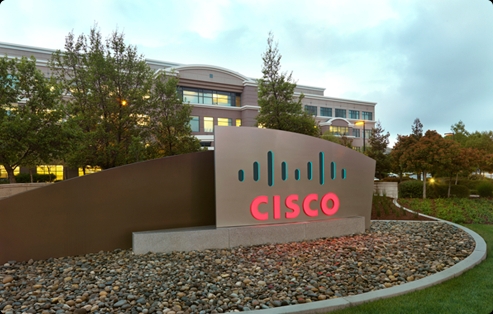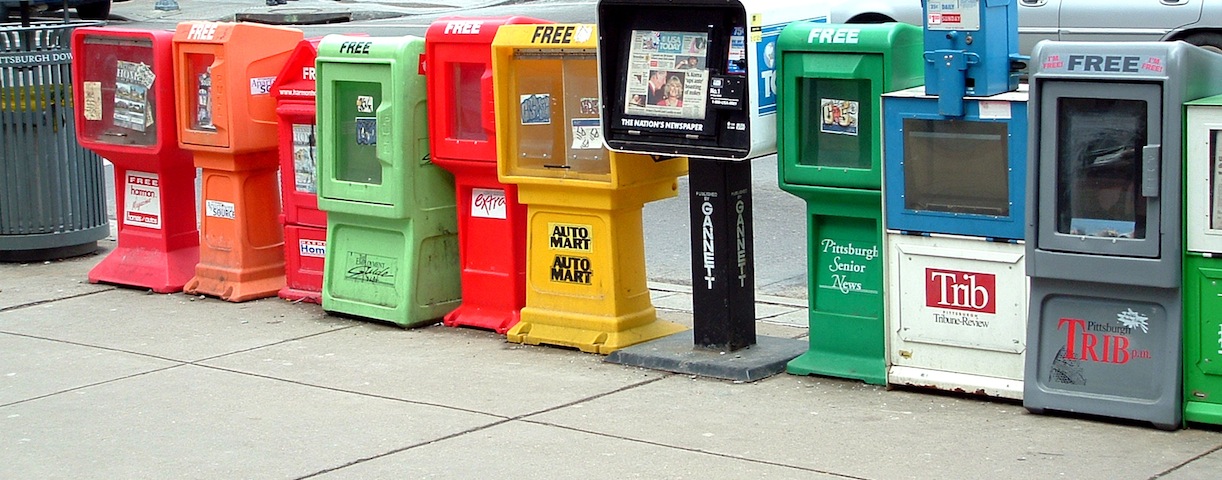Once dominant IBM is facing another major market transition, do they have the management skills the navigate that change?
Robert X. Cringely writes a depressing account of the company’s tactics in cutting its head count but the main thrust is how IBM are cobbling together a bunch of disparate products under umbrella brand names as a bloated, bureaucratic management puzzles with a marketplace change.
At the heart of everything is the question of what IBM’s customers really want, as Cringely points out.
The lesson in all this — a lesson certainly lost on Ginni Rometty and on Sam Palmisano before her — is that companies exist for customers, not Wall Street. The customer buys products and services, not Wall Street.
While investors are important, businesses only exist if customers want to pay for their wares. If a company can’t convince people to buy their products, or find a way to subsidise it like the media industry did for most of the Twentieth Century, then there is no reason for the venture, or its industry, to exist.
For many technology companies this is the situation they are facing right now, many other industries aren’t far behind.




